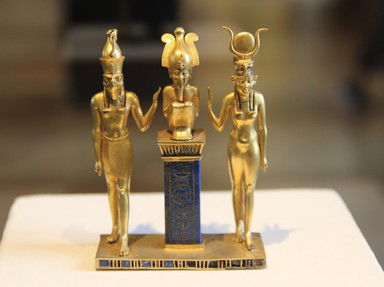
To The Afterlife and Beyond! Trivia Quiz
The Osirian Myth
The origins of what is known as the Osiris Myth go back to the very beginning of time in ancient Egypt. Its story shaped the lives of the people for centuries after, and is still being studied today.
A classification quiz
by ponycargirl.
Estimated time: 3 mins.